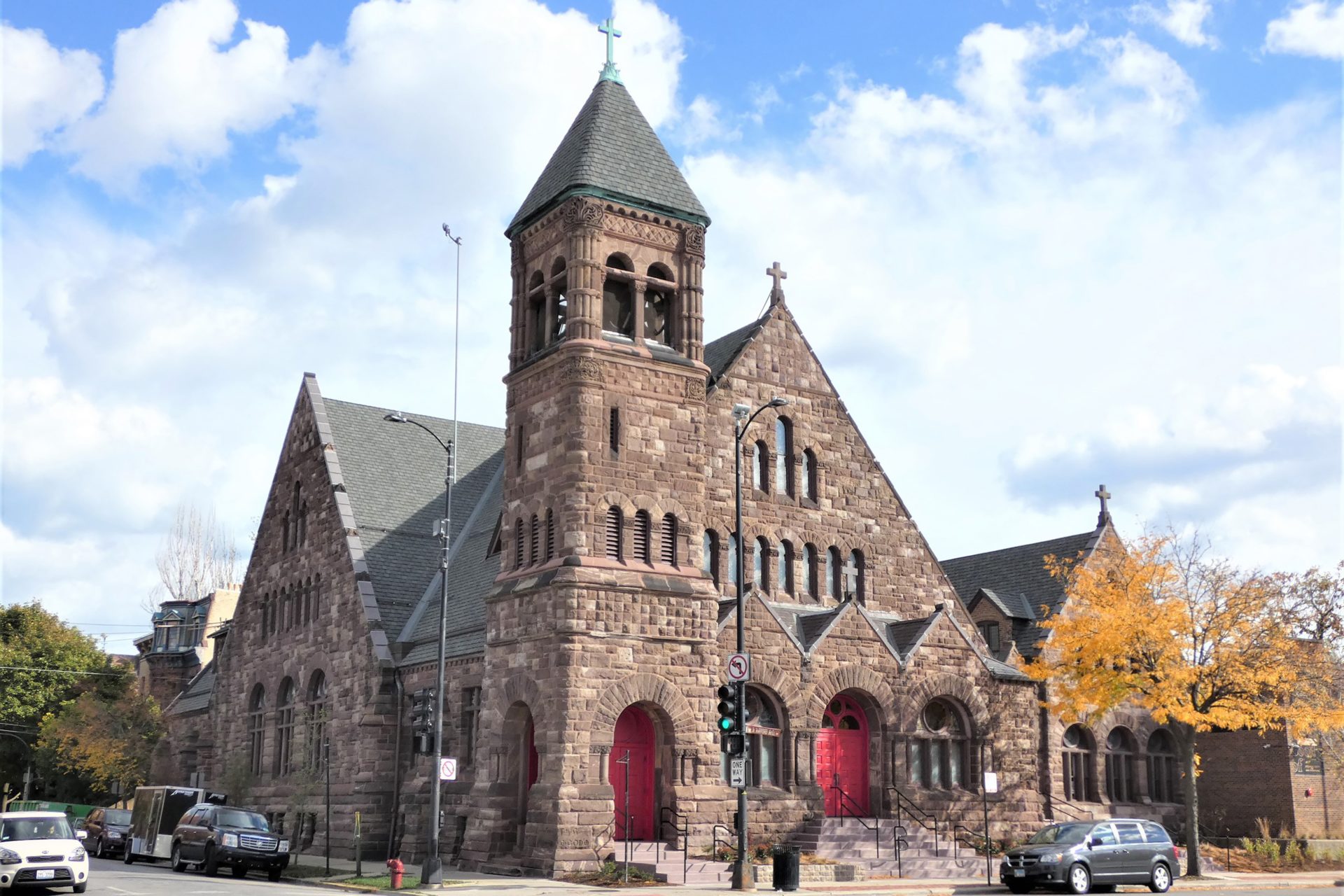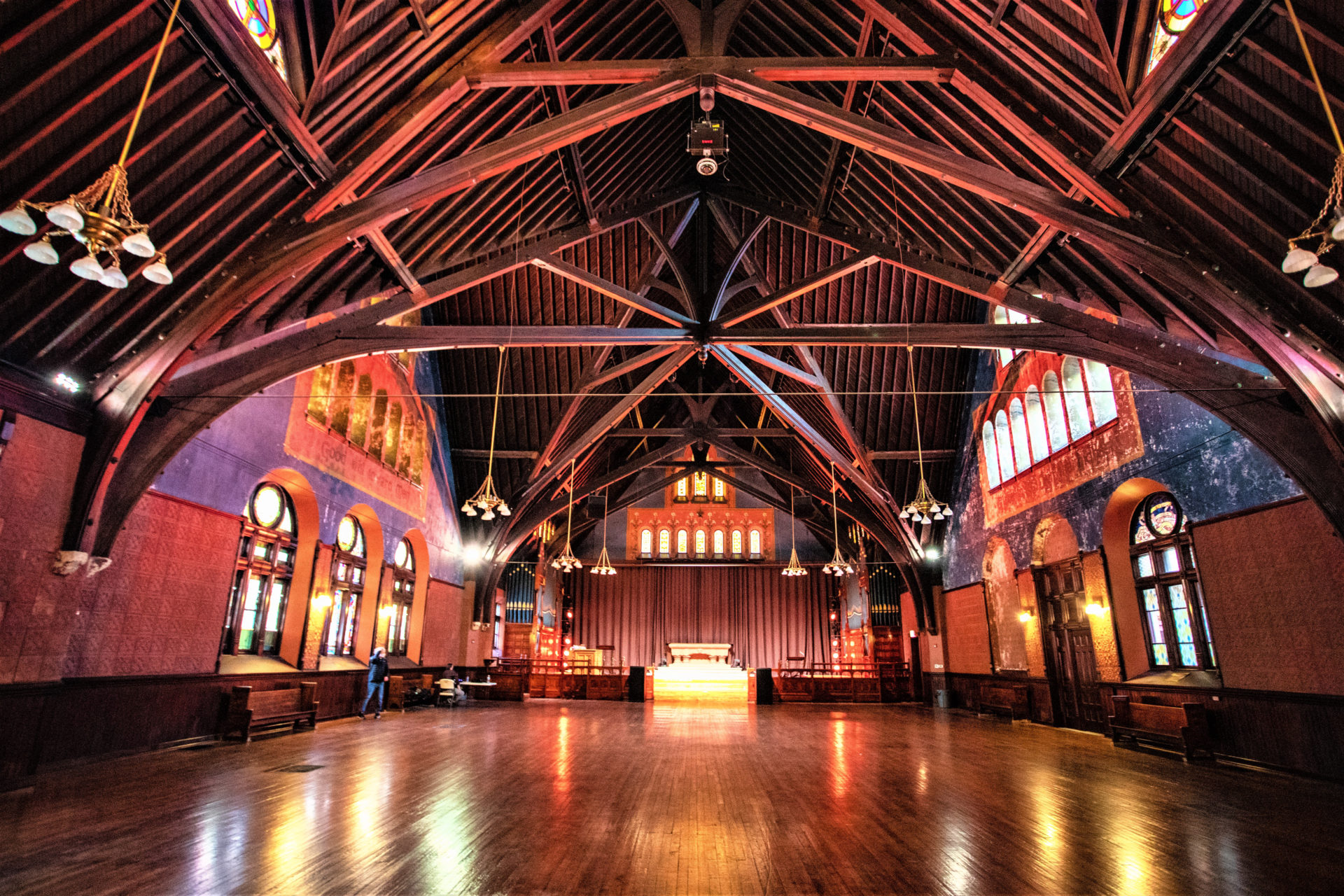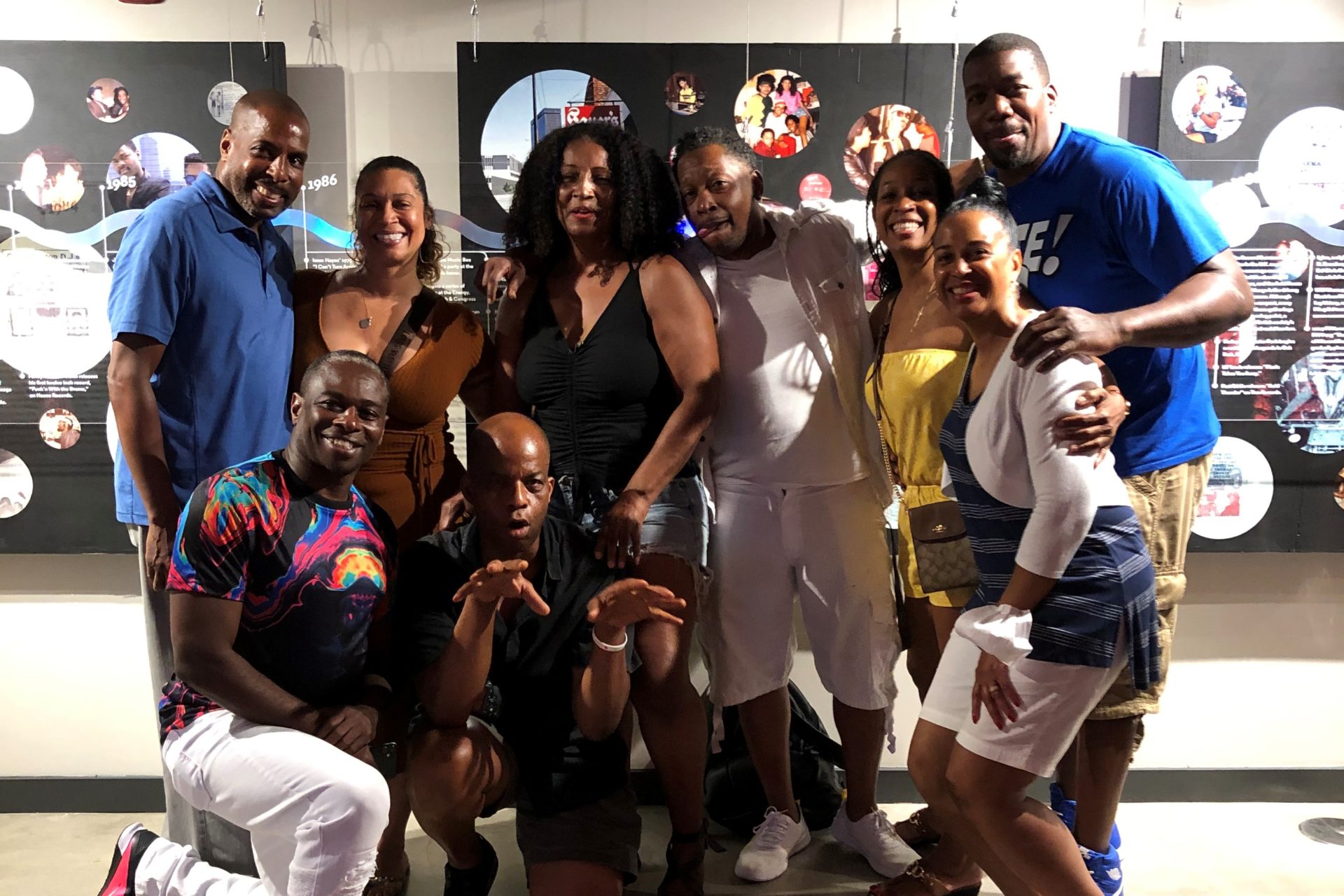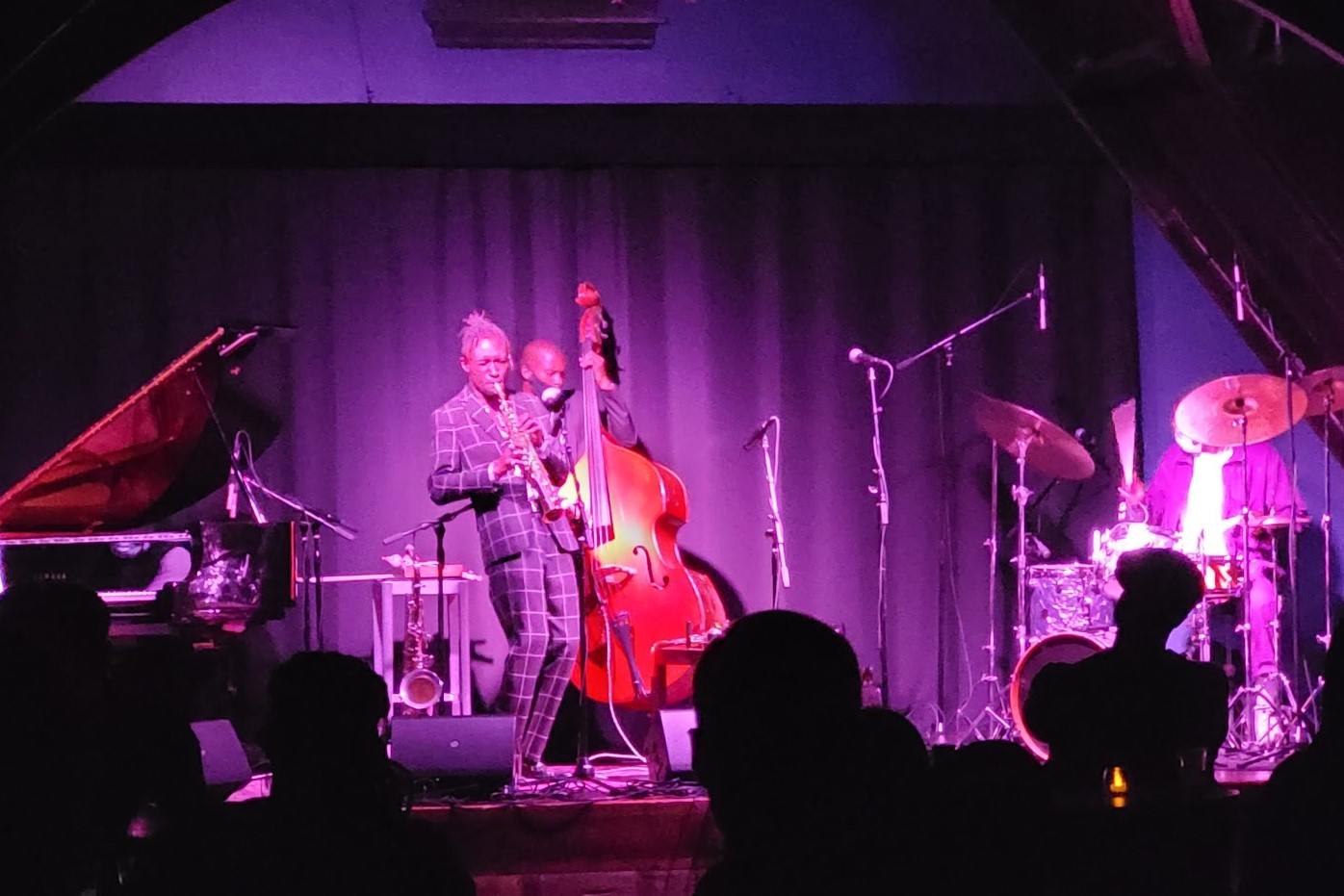2021 Landmarks Illinois Richard H. Driehaus Foundation AWARD FOR ADAPTIVE REUSE
Through a creative adaptive reuse, developers and husband and wife team David Chase & Kimberly Rachal turned a former 1885 Episcopal church on Chicago’s West Side into an arts center for visual, performing and culinary arts. The church was constructed in 1885, designed by architects Edward Burling and Francis Whitehouse and added to the National Register of Historic Places in 1998. Chase and Rachal adapted the former church’s interior, exterior and its 1953 parish building for the purposes of the arts center and made the structures 100% ADA accessible. The space is now home to a eclectic collection of eight art galleries, three resident artist studios, Studio 4 (a space dedicated exclusively for classes, workshops and lectures), four performing arts venues and three event spaces.
Chase and Rachal were married at the former church in 1996. That same year, they purchased a building across the street from the church. This personal connection to the building and neighborhood inspired the couple to purchase the church when it hit the market in 2017, six years after the last church services were held at the building.
Serving Chicago’s diverse population, the goal of the center is, “To instill an artistic cultural experience in all patrons who cross its threshold with the hope that each will be inspired to realize their own Epiphany.” This is a forward-thinking solution to an underused religious space, which exists, as its mission states: “For the Good of Art, Entertainment and Events.”
(Photo credit: MacRostie Historic Advisors LLC)




